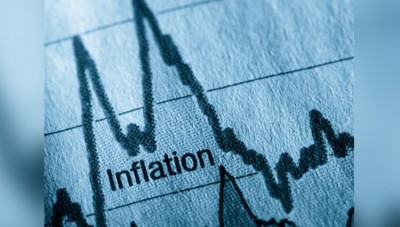Monday saw a slight increase in U.S. Treasury yields as investors braced themselves for this week’s Federal Reserve policy meeting.
At 4.277%, the yield on the benchmark 10-year Treasury note increased by 3.1 basis points. The 30-year Treasury bond yielded 4.35%, which was 2 basis points higher. Price movement is inverse for yields.
Traders are waiting on this week’s Federal Reserve meeting, looking out for indicators of when policymakers will begin cutting interest rates. On Wednesday, the central bank is anticipated to make its most recent policy announcement.
The University of Michigan’s consumer data, which suggested robust economic activity and declining inflation and stoked hopes of the much-desired “soft landing” scenario in the United States, gave rise to a spike in risk sentiment on Friday. This occurred following the unexpected decline in unemployment reported in November’s U.S. jobs report.
This week, investors will have access to new inflation data when the November consumer price index report is released on Tuesday. According to Dow Jones’ poll of economists, the widely-used gauge is expected to remain unchanged month over month. It is anticipated to rise 3% annually, down from a 3.2% increase in October.





